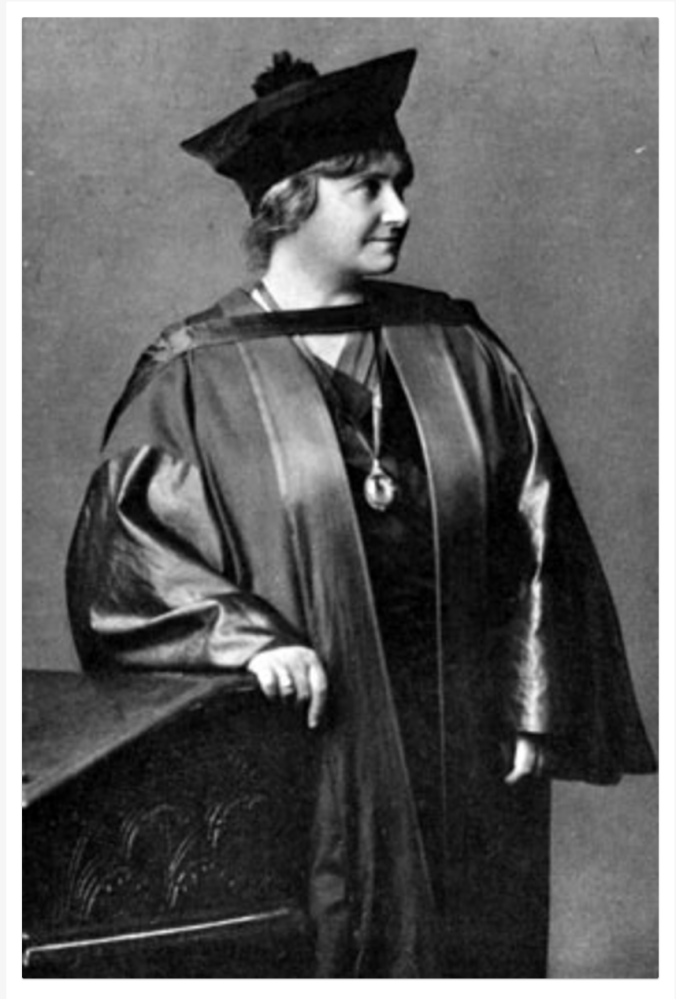Blogger’s Note: Last month, for the first time the Supreme Court ruled closely held for-profit corporations are exempt from laws they religiously object. Not only does this ruling assert that Hobby Lobby’s right to religious freedom trumps a woman’s right to quality birth control options, but it also reinforces the idiotic idea that corporations are people. Both notions are extremely dangerous and far from true. I’ll never get over this ruling, but this series of blogs has come to an end. Welcome to the final in a series of three blogs covering the topic, and feel free to comment below.

Our health care system was fragmented before the Supreme Court threw religion into the equation. It is shattered now. Private insurers and corporations keep coming out ahead of average Americans.
Wiping Away the B.S. in Search of a Solution
So much to say… Let’s start with the verdict itself. As I have written before, the Supreme Court’s recent ruling in Burwell v. Hobby Lobby puts the religious rights of corporations above the rights of women to have affordable birth control. But, that is really oversimplifying the entire situation.
The Court interpreted the Religious Freedom Restoration Act (RFRA) to mean that closely held corporations cannot be required to provide their employees with insurance coverage for contraception (a requirement that is a part of the Affordable Care Act [ACA], aka Obamacare) if they object on religious grounds.
Justice Samuel Alito was the first to conclude that closely held corporations, which are basically companies that have only a limited number of shareholders, are considered “persons” within the meaning of the RFRA. Whether or not publicly held corporations are also protected by the RFRA remains to be seen.
Also, Justice Alito suggested that the government could pay for the contraceptive coverage itself, if it believes women need it so much. Sound familiar? Anyone remember the public option Republicans ripped off table when passing the ACA? Isn’t it funny how conservatives want to have their cake and eat it too? When it is convenient for them, let the government pay for health care. When it is not, let millions suffer and die without it.
Surely, there is another option. Alito went on to suggest that the government can grant closely held corporations the same accommodation that it does religious non-profits, which have the insurance company pay for contraceptives without the non-profit paying any subsidies toward the birth control.
Sounds like a compromise, but… Shortly after the Hobby Lobby ruling, the Court issued an exemption order in a related case, Wheaton College v. Burwell. As a part of the non-profit accommodation I mentioned before, Wheaton (a non-profit, Christian institution) was required to list the contraceptives to which it objects on a form and send that form to its health insurer, which would have been legally obligated to supply the contraceptives to Wheaton’s employees. But, Wheaton refuses to even fill out the form on religious grounds! Ridiculous, but, nonetheless, Wheaton claims filling out that form would make it complicit to evil.
The Supreme Court obviously sympathizes with Wheaton, because mere days after the Hobby Lobby ruling, it issued a temporary order giving Wheaton a way to avoid filing the form. The order allows the school to avoid covering birth control without filing a form with its insurer asserting religious objections to emergency contraception, which would trigger the third-party coverage. Viola, coverage mandated by law once again disappears!
Of course, the Court’s three female judges were upset by this reprieve. In an unusual move, the female justices wrote a 17-page dissent. Justice Sonia Sotomayor said declaring the very accommodation the Court held out as a possible solution for Hobby Lobby insufficient “evinces disregard for even the newest of this court’s precedents and undermines confidence in this institution.”
As if the Hobby Lobby ruling wasn’t bad enough, even the suggested accommodations around the contraception mandate are controversial, ticking time bombs. The ruling combined with the reprieve gives me the impression that the Supreme Court has turned its back on women. Outrage aside, what is the solution?
I advocate a single-payer health care system. I always have. The lack of universal care is a serious flaw of the ACA. Health care should be financed by a single public body (us) from a single fund, which would come from progressive income and wealth taxes that replace premiums and out-of-pocket expenses. Everyone deserves the right to health care. If you don’t have your health, you have nothing.
If we continue on our current path with the ACA, by 2022 about 30 million people will still be uninsured and tens of millions will remain under insured. If we had universal coverage via a single payer system, everyone would automatically be covered at birth for all necessary health care. Women could choose whatever birth control they want because of that glorious thing called separation of church and state.
Also, if we had universal coverage paid for through progressive financing, 95 percent of Americans would pay less for health care than they do now.
Our health care system was fragmented before the Supreme Court threw religion into the equation. It is shattered now. Private insurers and corporations keep coming out ahead of average Americans. Universal coverage wouldn’t totally even the playing field, but it’d be a damn good start.



